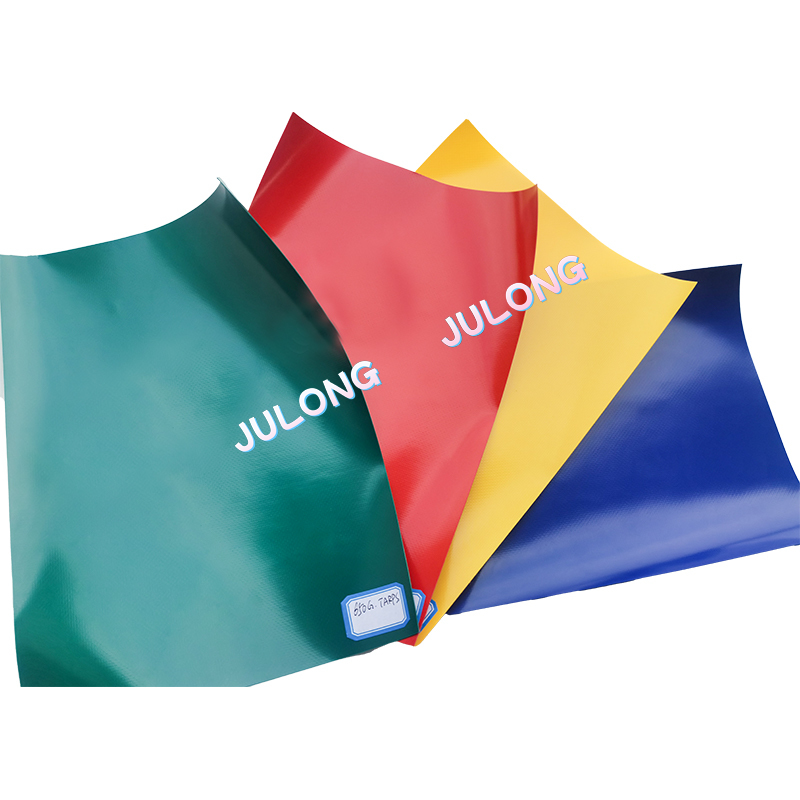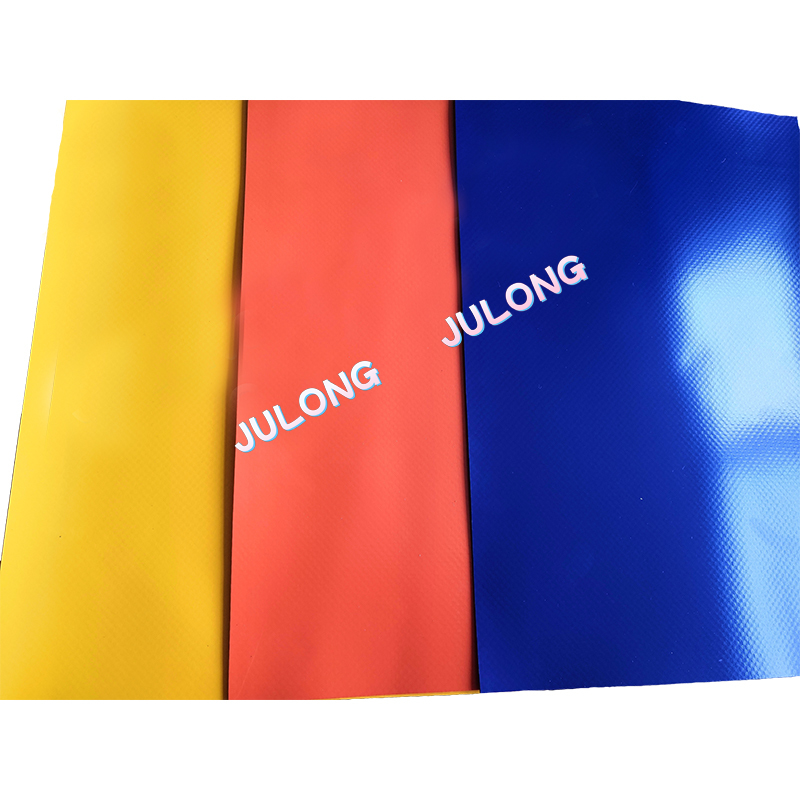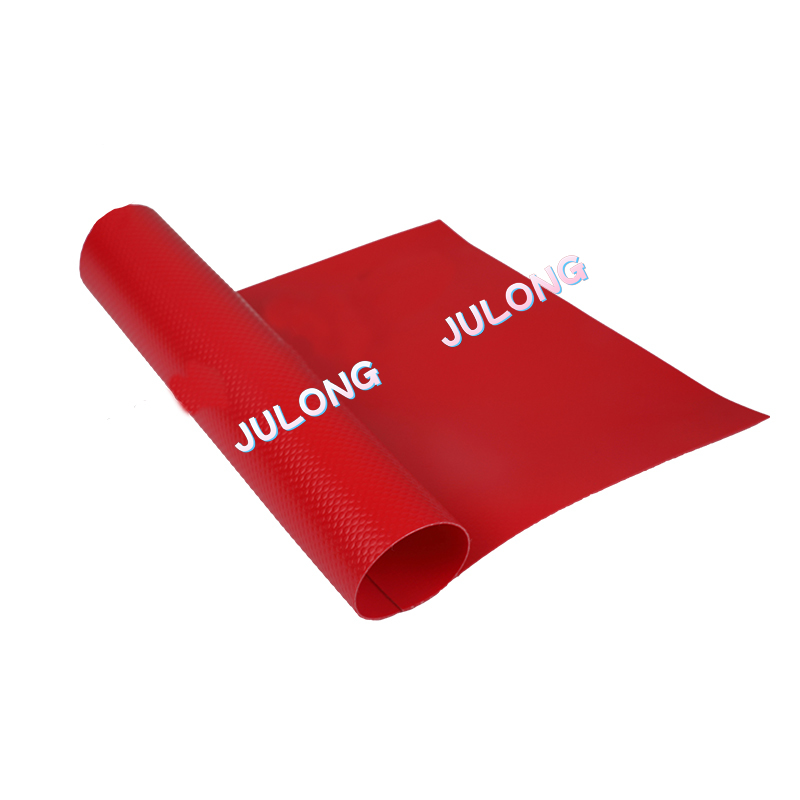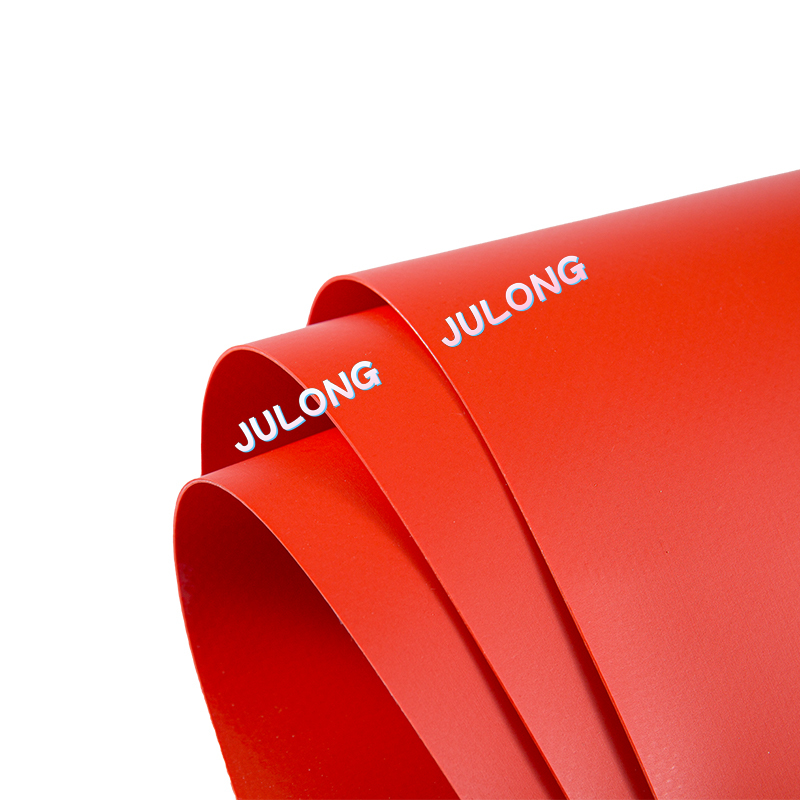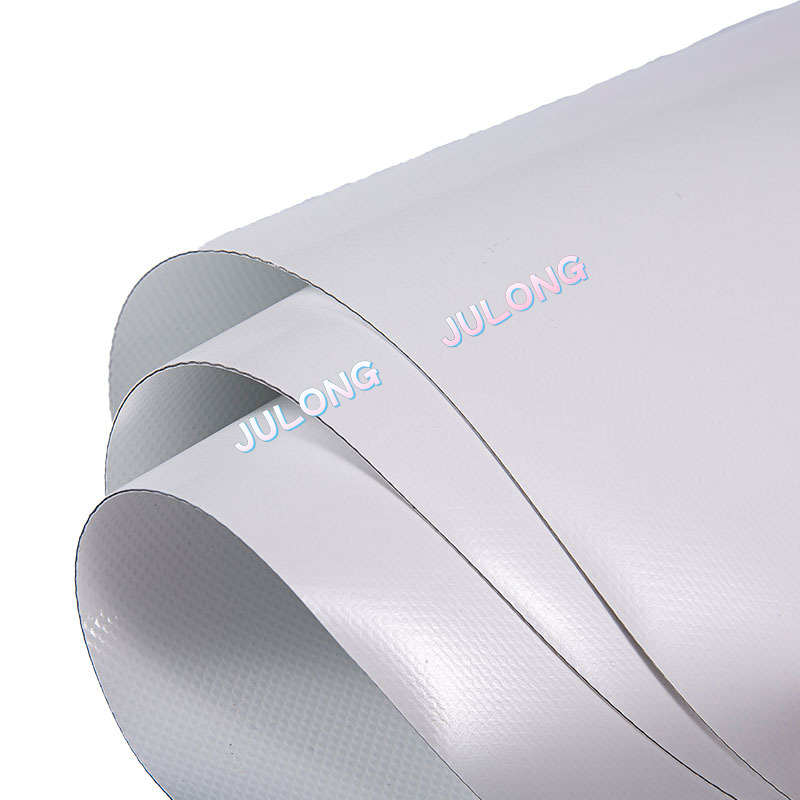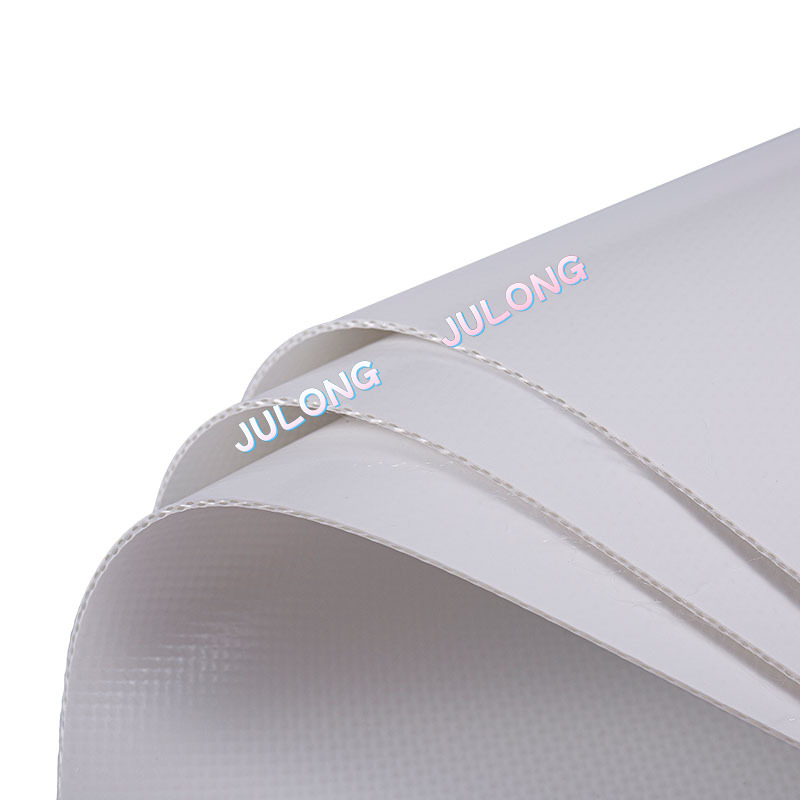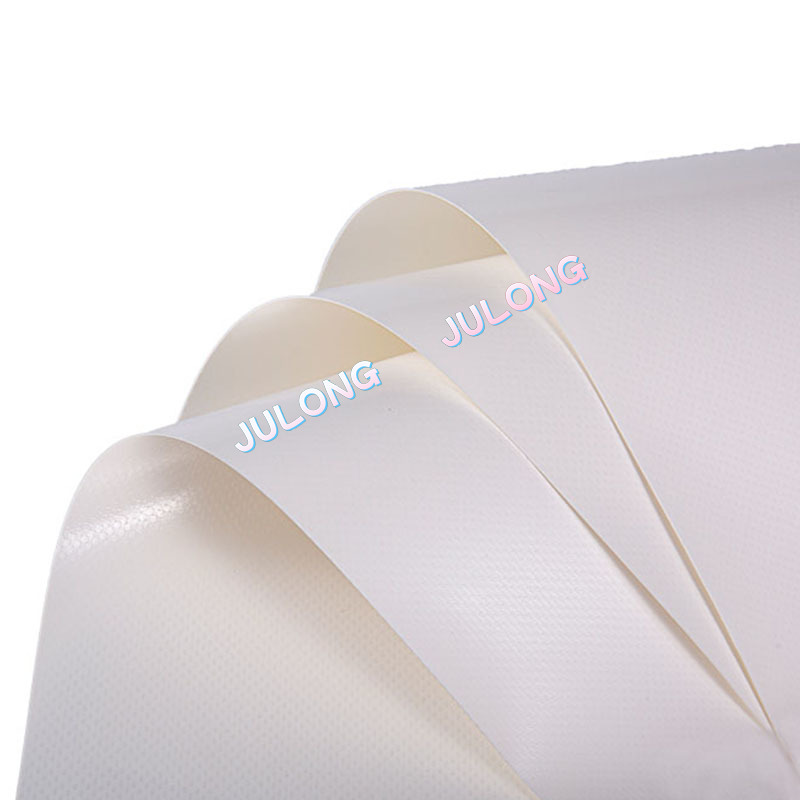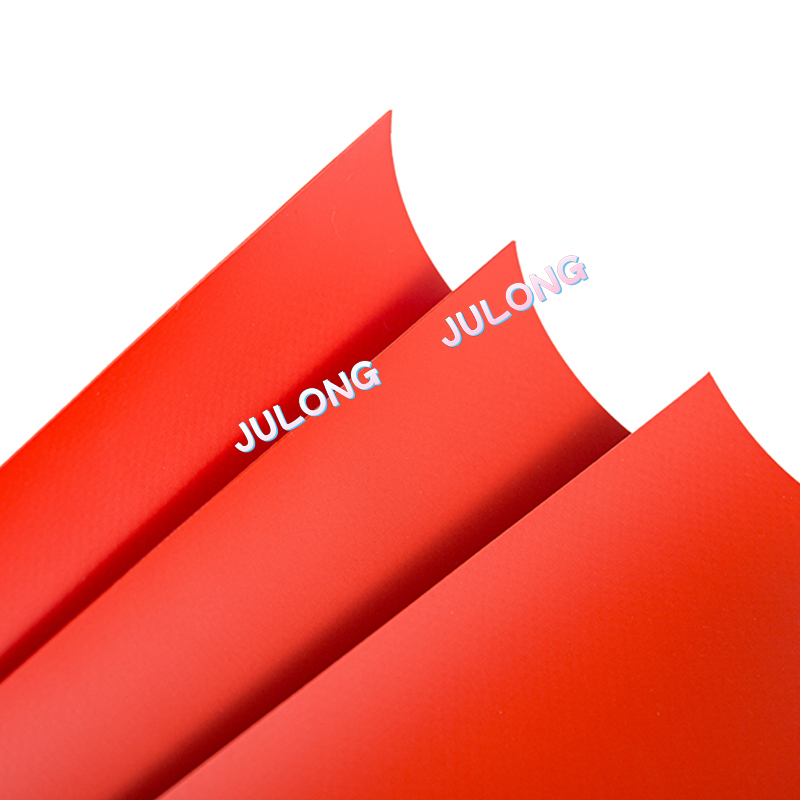Seam sealing is a crucial process in the manufacturing of Airtight PVC Coated Polyester Fabric, and it brings several benefits to ensure the overall performance and airtightness of the fabric:
Prevention of Air Leakage:
The primary purpose of seam sealing is to prevent air leakage through the seams of the fabric. Seams are inherently vulnerable areas where two or more pieces of fabric are joined, and without proper sealing, they can become points of weakness for air to escape.
Enhanced Airtight Performance:
Seam sealing enhances the overall airtight performance of the fabric. By sealing the seams effectively, the fabric maintains its integrity and prevents the infiltration of air, ensuring that it meets the required airtightness standards.
Waterproofing:
In addition to airtightness, seam sealing contributes to the waterproofing of the fabric. The combination of PVC coating and properly sealed seams creates a barrier against moisture, making the fabric suitable for applications where waterproofing is essential.
Increased Durability:
Properly sealed seams contribute to the overall durability of the fabric. The airtight seal helps prevent the ingress of air, water, and contaminants, which can otherwise compromise the structural integrity and longevity of the fabric.
Resistance to Environmental Conditions:
Sealed seams enhance the fabric's resistance to environmental conditions such as wind, rain, and temperature fluctuations. This is particularly important in applications where the fabric is exposed to varying weather conditions.
Structural Stability:
Airtightness achieved through seam sealing contributes to the structural stability of the fabric. In applications such as inflatable structures or air-supported structures, maintaining a consistent internal pressure is essential for structural integrity.
Prevention of Delamination:
Seam sealing plays a role in preventing delamination, which is the separation of layers within the fabric. Effective seam sealing ensures that the layers of the fabric remain bonded, providing a cohesive and airtight structure.
Compliance with Standards:
Many industries and applications have specific standards or regulations regarding airtightness. Proper seam sealing is essential to ensure that the Airtight PVC Coated Polyester Fabric meets these standards and certifications.
Improved Quality Control:
Seam sealing is a critical aspect of quality control during the manufacturing process. Manufacturers conduct inspections and testing to verify that seams are properly sealed, reducing the risk of defects and ensuring consistent product quality.
Seam Types and Techniques:
The choice of seam types and sealing techniques can be tailored to specific applications. Heat welding, high-frequency welding, or other specialized methods may be used based on the fabric's intended use.
Flexibility and Movement:
Properly sealed seams allow the fabric to maintain flexibility and movement without compromising airtightness. This is particularly important in applications where the fabric may be subjected to dynamic forces or stretching.
Seam sealing is a critical step in maximizing the performance and functionality of Airtight PVC Coated Polyester Fabric. It not only contributes to airtightness but also ensures that the fabric meets the necessary standards for durability, waterproofing, and environmental resistance.




 English
English عربى
عربى